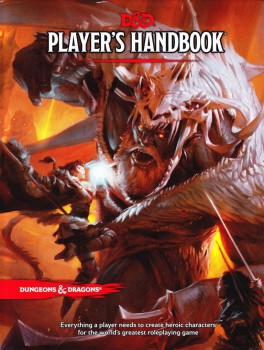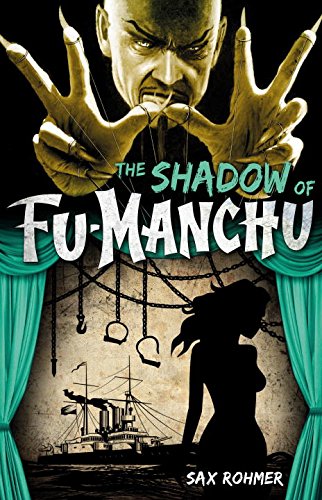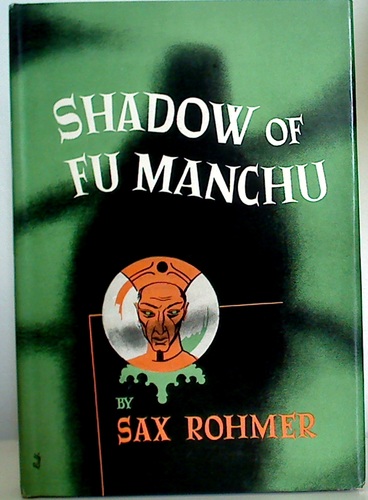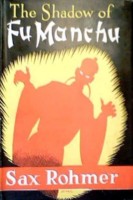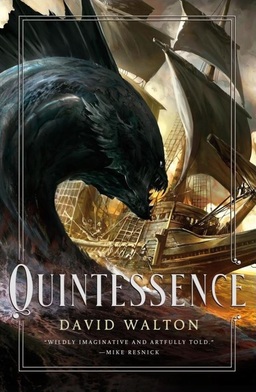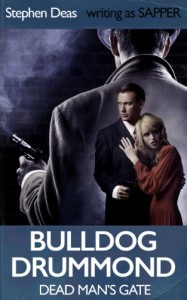Blogging Sax Rohmer… In the Beginning, Part Three

 “The M’Villin” was first published in Pearson’s Magazine in December 1906. Rohmer was still writing stories under the modified version of his real name, A. Sarsfield Ward. The story represented a quantum leap forward in the quality of Rohmer’s fiction and shows the influence of Alexandre Dumas’s swashbucklers.
“The M’Villin” was first published in Pearson’s Magazine in December 1906. Rohmer was still writing stories under the modified version of his real name, A. Sarsfield Ward. The story represented a quantum leap forward in the quality of Rohmer’s fiction and shows the influence of Alexandre Dumas’s swashbucklers.
Dumas remained a surprising influence on the author who still turned out the odd swashbuckler as late as the 1950s. It should also be noted that the character of Lola Dumas in President Fu Manchu (1936) is said to be a descendant of the famous author, while The Crime Magnet stories Rohmer penned in the 1930s and 1940s feature Major de Treville, a character whose surname suggests he is a descendant of the commander of the Musketeers from Dumas’s D’artagnan Romances.
Colonel Fergus M’Villin may be oddly named, but he makes for a fascinating character. An expert swordsman and fencing master, he is also a bit of a cad. The story of how he comes to avenge the honor of the man he previously slew in an earlier duel maintains the breezy good humor and spirit of adventure that colors The Three Musketeers in its earlier chapters. Rohmer thought well enough of the character to have penned a sequel, “The Ebony Casket,” but it was never published. The manuscript survived up until the year 2000, when it was junked in Tokyo by a family who did not imagine its worth to collectors.
